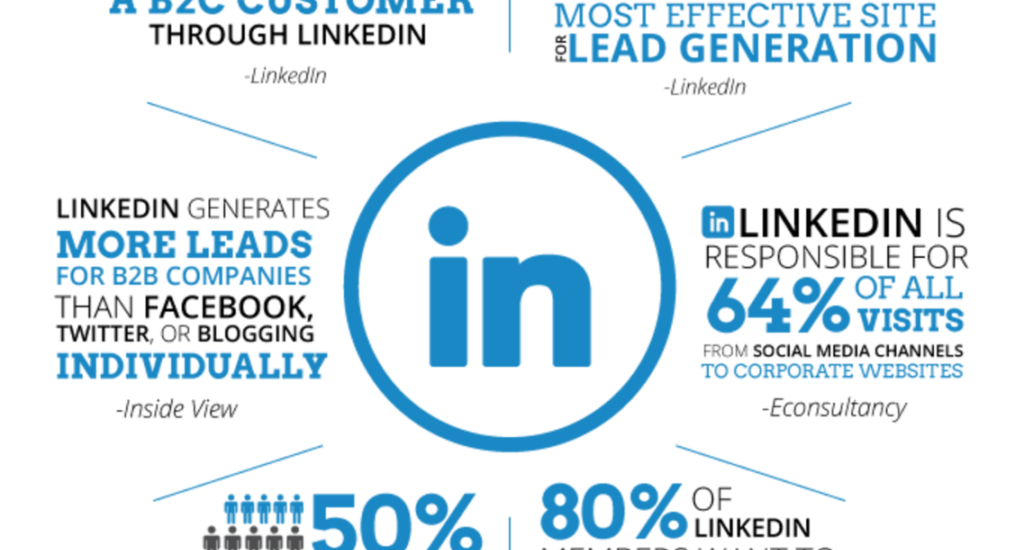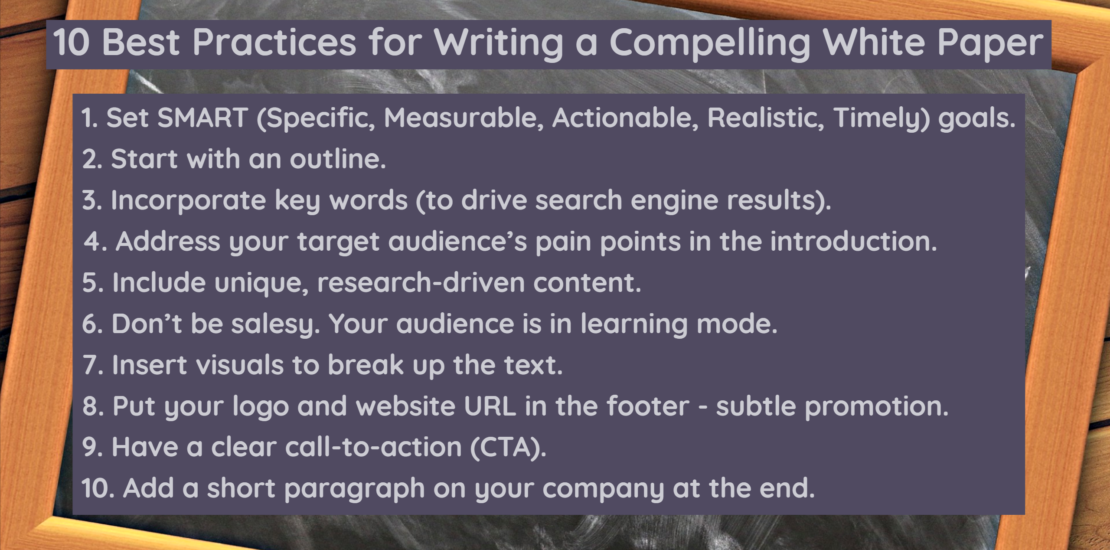lead generation
-
The 5 C’s of Brand Trust – The Key to Building Lasting Customer Relationships
- January 20, 2021
- Posted by: Stacey Wisniewski
- Category: Marketing Strategy
No Comments
-
Brand Trust – The Key to B2B Success Post-COVID
- January 20, 2021
- Posted by: Stacey Wisniewski
- Category: Marketing Strategy

-
LinkedIn for Lead Generation – A Guide for B2B Companies
- December 1, 2019
- Posted by: Stacey Wisniewski
- Category: Marketing Strategy

-
How to Write a Compelling White Paper that People Want to Read
- September 3, 2019
- Posted by: Stacey Wisniewski
- Category: Marketing Strategy
